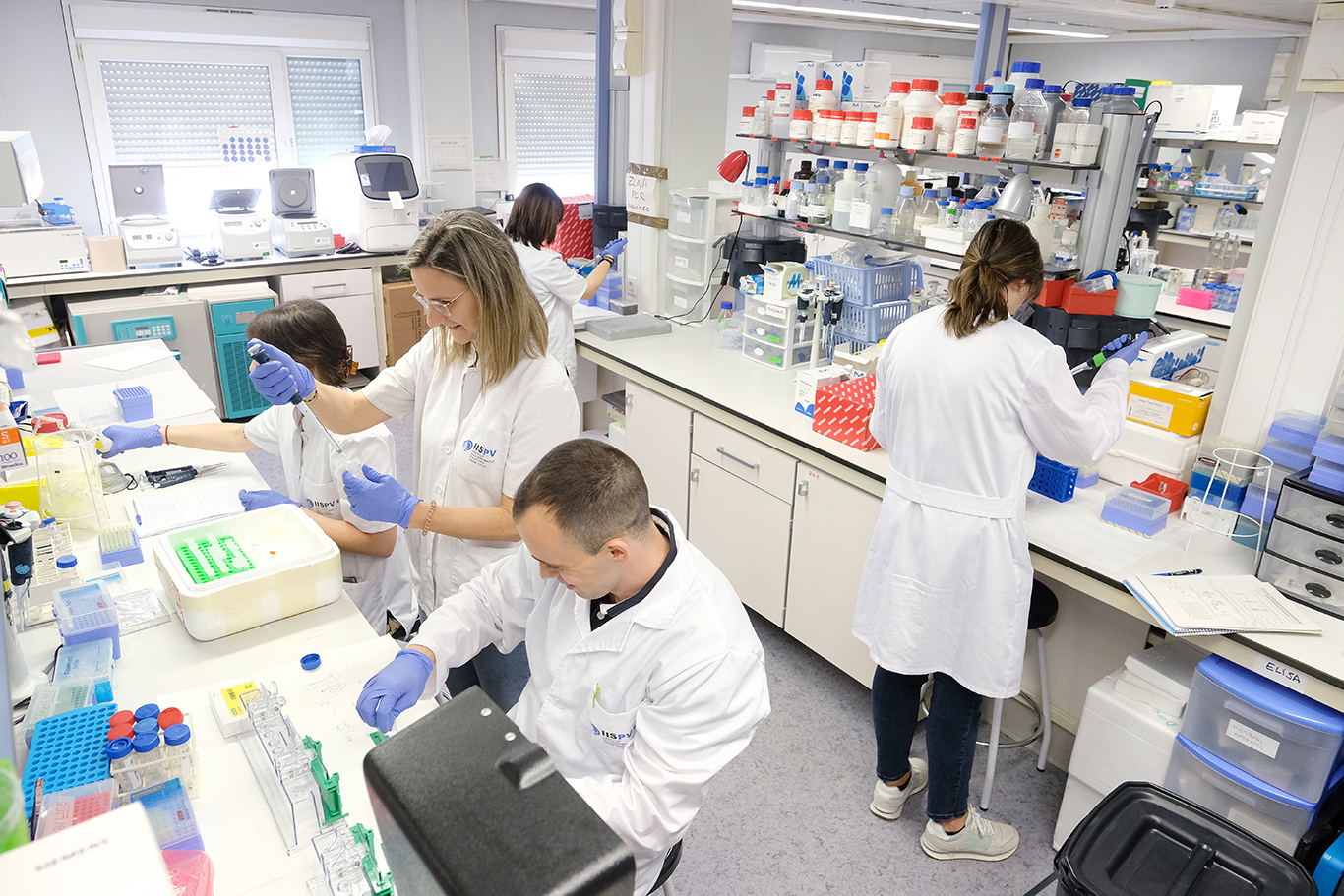• It is the result of a study (called Bipogent) led by the IISPV and the Institut Pere Mata University Hospital, in which patients with this disorder and people without any mental illness, from health centers throughout Catalonia, have participated



A study led by the Pere Virgili Health Research Institute (IISPV) with professionals from the Pere Mata Institut University Hospital and the Rovira i Virgili University (URV), among others, has made it possible to identify an epigenetic alteration ( in the DDR1 gene) that occurs when adverse conditions are experienced in childhood or adolescence (such as physical abuse, emotional abuse, or neglect of basic care) and the person feels constantly subjected to a state of stress. Although these epigenetic alterations (chemical modifications of the chain of our DNA) are inherent in the transformation that our organism undergoes throughout life, they occur more frequently when we experience situations such as those previously described.
Studies like these are crucial since it had previously been established that one of the triggers of mental illnesses such as bipolar disorder is the wear and tear that involves going through experiences of this type. The identification of this epigenetic alteration adds to similar findings made by researchers around the world, which may represent a turning point in understanding the triggers of the disease and the approach that is taken.
The progress achieved with this study lies in the fact that it can contribute to the fact that in the future (if the results end up being contrasted with other research and more diverse samples), thanks to a simple blood test in the patient with bipolar disorder, can determine the severity of this alteration (analyzing the DDR1 gene) and that, therefore, treatments can be improved considerably, being more personalized and effective.
This study (known as Bipogent) has been made possible by a team of researchers and researchers from the IISPV and the Pere Mata University Hospital (part of the CERCA network of research centers in Catalonia) led by Dr. Elisabet Vilella (she is responsible for the Research Group on Genetics and Environment in Psychiatry, known as GAP, for its acronym) with the collaboration of two research groups from the Centro de
Biomedical Research in Mental Health Network (CIBERSAM): the group led by Dra. Edith Pomarol-Clotet (FIDMAG-Germanes Hospitalárias) and another led by Dr. Eduard Vieta (Hospital Clínic de Barcelona). To carry it out, 128 adults with a diagnosis of bipolar disorder and 141 people without any mental illness participated. They were followed up with clinical and psychological assessments and with the analysis of blood samples: “Without the good disposition and generosity of these participants, the study would not have been possible”, says Dra. Villa.
What is the DDR1 gene and its relationship to bipolar disorder
DDR1 is a gene that performs its function in one of the most important cells in the brain: oligodendrocytes. They are the cells responsible for covering neurons with myelin, a layer composed of lipids that helps information be transmitted more quickly and effectively.
Genes, a key role in bipolar disorder
Previous studies have shown that in 60-85% of cases, the appearance of this disorder (which is estimated to affect 2% of the population) is due to genetic factors, making it a disease with a high risk of being inherited. However, other variables, such as those related to the environment, also play an important role.
The results of this study have been published in the journal Molecular Psychiatry, one of the most prestigious in the field of psychiatry.
Bibliographic reference: Garcia-Ruiz, B., Jiménez, E., Aranda, S. et al. Associations of altered leukocyte DDR1 promoter methylation and childhood trauma with bipolar disorder and suicidal behavior in euthymic patients. Mol Psychiatry (2024). https://doi.org/10.1038/s41380-024-02522-8


